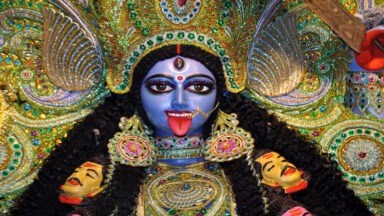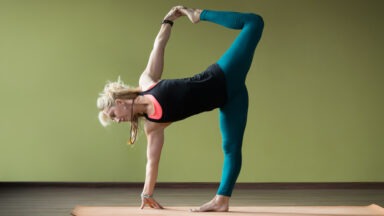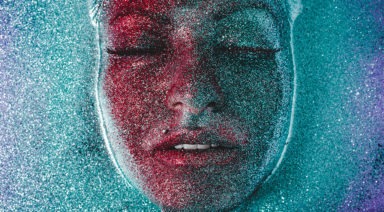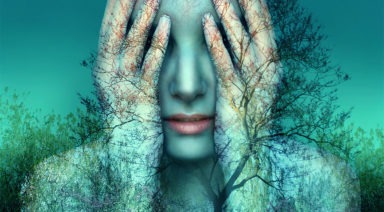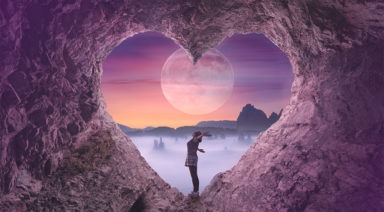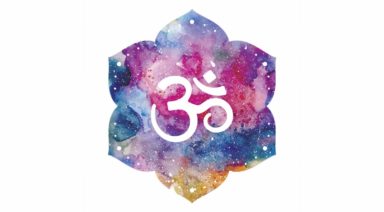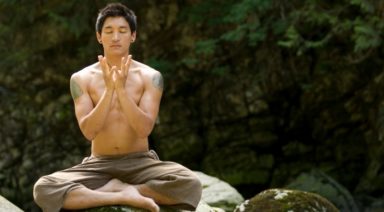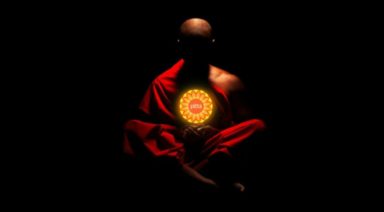How to Balance Your Divine Masculine and Feminine Energies

As children, many of us are pushed into the box of male or female. Many cultures struggle with the ‘in-between’ and so pink-painted bedrooms lead to frilly lace dresses and a whole laundry list of stereotypical female expression while blue walls and toy motorcars lead to defining the stereotypical male expression. Meanwhile the ‘in-between’ – trans-gendered or non-binary – are often pushed to the fringes of expression.
Often this push to associate with the one or the other gender identity begins the difficulty in feeling whole and balanced. The qualities that belong to the divine feminine are not the sole possessions of women no more than the qualities of the divine masculine belong solely to men. So what helps integrate these two powerful energies?
Try This Exercise
Sit towards the edge of a chair with your back straight, your knees at 90 degrees and your hands resting on your knees. Close your eyes gently and breathe easily. Feel into the left side of your body. Notice any fullness or emptiness that might be present. Now, feel into the right side of your body. Notice any fullness or emptiness there.
Imagine a showerhead above you. In front of you, there are knobs for masculine and feminine ‘water.’ Reach out and turn on the divine water, allowing it to flow over and through you. Notice how the water easily reaches some places within you and that perhaps there are areas of resistance. Invite those resisting areas to open and allow the flow of divine energies.
Now imagine you are completely full of the divine masculine and feminine water. Allow the energies to mix from side to side and top to bottom. Notice the feeling of fullness. Embody the following mantra:
I am a being of light and energy. Masculine and feminine energies fill me and it is through these energies that action is possible.
Inviting the Fierce Feminine Mother Kali Into Your Life
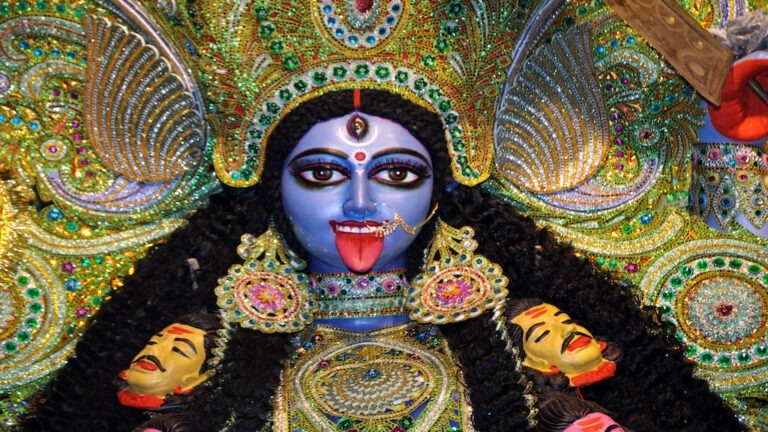
I am particularly fond of participating in or teaching classes themed around the Goddess Kali. Creating an invitation for Kali to enter our life is a way to invite fierceness into our being. She is the powerful and ferocious energy of the feminine mother.
Kali is often referred to in Hindu mythology as the dark goddess, the goddess of doomsday, the goddess of time, and the goddess of death. But once we delve deeper into what she really stands for, we see beyond this doomsday classification. She is ferociously powerful, and in her power, she is the fierce representation of motherly love; a mother’s bold and fiery force of love, as well as her innate desire to protect and support her children.
Kali is a form of Shakti or the feminine universal energy that motivates creativity and fertility. She is also an incarnation of Parvati, the Earth Mother (first wife of Shiva of the Holy Trinity). In this way, she also becomes a feminine counterpart to Lord Shiva, the God of Destruction. Her name has been translated as ‘she who is black’ or ‘she who is death.’
Many of the depictions of Kali show a warrior goddess to be feared. She is often seen wearing a necklace of chopped-off heads and a skirt of severed arms. She wields a knife dripping blood in one hand, holds a decapitated head in the other, and has a red lolling tongue dripping with blood.
As the goddess of time, Kali embodies the true nature of time. She demonstrates how time eventually absorbs all things. She is the ending to the beginnings and middles. Remember also that every ending holds a void of space, or nothingness, and from the space of nothingness, bright new beginnings are generated.


